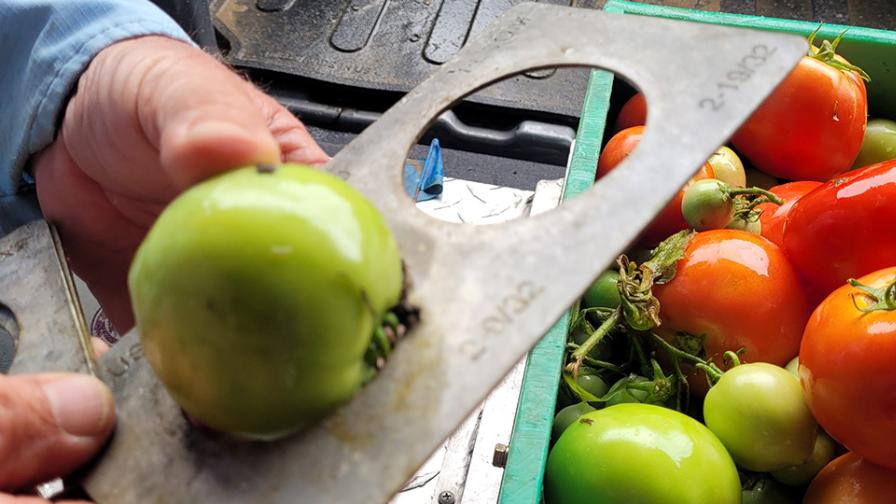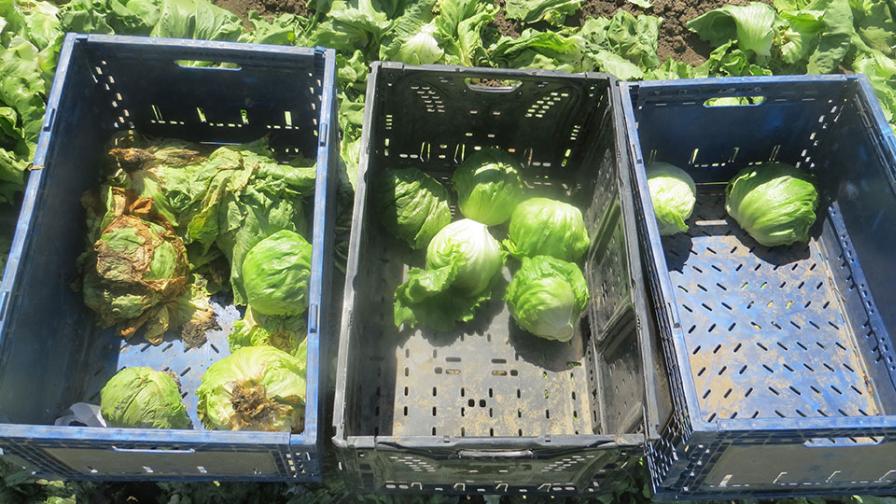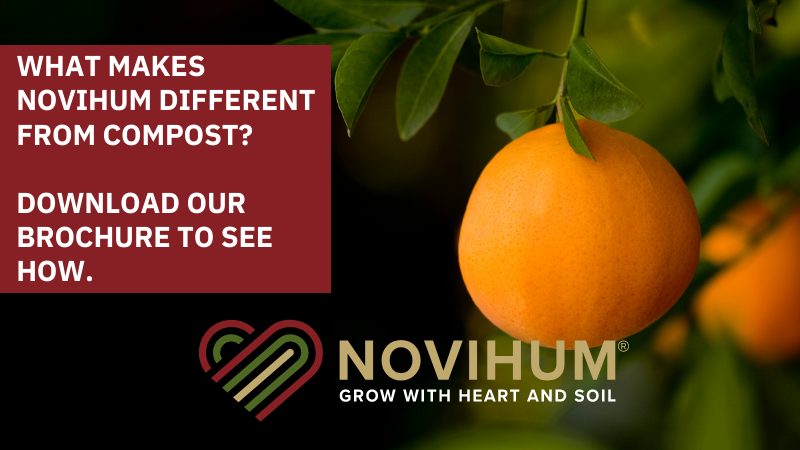How Duda Farm Fresh Foods Makes Reducing Waste a Priority
Roughly 40% of food produced in the U.S. ends up lost or wasted, even as tens of millions of Americans continue to face food insecurity. What’s more, that statistic doesn’t include on-farm food loss. Pervasive farm-based losses receive much less attention than post-consumer waste or food distribution and retail settings waste.
The issue isn’t just the food that’s left in the field. Some 21% of water, 18% of cropland, and 19% of fertilizer in the U.S. is used to produce food that no one eats, according to ReFED, a national nonprofit dedicated to ending food loss and waste.
A Need to Improve Profit
Brad Stinson, a fifth-generation farmer and QA/QC Field Supervisor at Duda Farm Fresh Foods Inc. (Yuma, AZ), firmly believes the produce industry can and must innovate its way out of the food-loss problem. For the sake of food-insecure communities, the health of the planet, and, frankly, his bottom line.
“The status quo is unsustainable,” Stinson explains. “We’re not making any new land. And the growing cost of remaining farmable land is driving many owners to sell to developers.”
Meanwhile, he says, producers are stuck between rising labor costs and the high-cost threshold of automation.
“[It’s] not advanced enough yet to fully make up for the human factor,” Stinson says.

Brad Stinson (left) and Duda staff assess cauliflower quality after the harvest using data collected to estimate the volume of marketable quality remaining in the field, otherwise known as postharvest yield potential.
Photo courtesy of Duda Farm Fresh Foods
And critical water resources like the Colorado River watershed — used to irrigate farms in Yuma, AZ — are increasingly ending up on life support. That’s due to climate change and years of increased allocation due to increased urban development, Stinson says.
Stinson says geopolitics impacts growing, too. For example, much of the news coverage has focused on the chokehold on grain and oil caused by the invasion of Ukraine. But, Stinson notes, many of the chemicals used to produce everything from fertilizer to herbicides, fungicides and insecticides are sourced from Russia, Ukraine, and Eastern Europe.
The produce industry’s resulting thin profit margins makes the possibility of recapturing even a little of the value from food loss very enticing to Stinson.
How Can You Reduce Waste?
So, what are some ways growers can tighten up food loss?
Harvest timing. One obvious option is scheduling more and later harvests. After all, that ensures there’s less food rotting in the field.
But those thin profit margins also mean that Stinson must carefully assess the cost and benefits of going back into the field. Will the sales justify the labor, machinery, and other harvesting costs?
Assessing crop quality. As the saying goes, you can’t manage what you can’t measure. For Stinson, the first step to solving his food loss challenge — and improving his profit margins — is better data collection.
What Stinson and his growers need is a quick and easy way to identify how much of their unsold produce is marketable, edible, or inedible. All of which varies considerably from one type of crop to the next, and from region to region.

Quality standards often include size and shape requirements, which can be rigidly enforced or somewhat flexible, depending on the supply at any given moment.
Photo courtesy of Duda Farm Fresh Foods
And the earlier in the season they can do that, the better positioned they’ll be to manage surplus product through improved farm management practices.
“Everything boils down to yield and quality,” Stinson says. “Ideally, we want to be able to predict what a crop’s yield and growth patterns will be when the plants are very young. Of course, the smaller they are, the harder that is to do with the naked eye.”
Adopt quality tools. Fortunately, new technologies make this less of a problem. Stinson’s operation now works with a company that scouts their fields with aerial drones. The drones’ measurements boast 90% to 95% accuracy.
Those findings, together with their boots-on-the-ground data collection, enable them to pivot early on if necessary.
“If we find that field X isn’t going to be up to our quality standards,” Stinson explains, “then maybe we pump the brakes on that field, let it size up over the next week. In the meantime, we’ll harvest field Y.”
Tracking Losses Opens Doors
Being able to adjust growing plans on the fly is an enormous advantage. But the benefits of accurate data collection don’t end there.
Knowing the volume and value of on-farm losses also helps Stinson identify potential sales channels for surplus or blemished product. Recently, he partnered with another company that takes their secondary produce — their “edible but not marketable” product — then juices it and sells it as beverages to their own customer base.
More accurate data also enables Stinson’s operations to make broader extrapolations throughout the supply chain.
“We can begin to adjust backwards and save on other costs. Whether that’s in-field losses or losses at the packing, processing, and storage stages,” he says.

Assessing the marketable quality of the crop after the harvest ends can inform both planning and harvest decision-making in future seasons.
Photo courtesy of Duda Farm Fresh Foods
By adding all this to their database, they can also analyze historic averages — from field to field, crop to crop — and adjust accordingly.
“At the end of the day,” Stinson says, “the fundamental question is how many plants can we keep alive, from the time they go in the ground to the time they come out.”
That may sound like a simple notion, but any farmer worth his or her salt knows the reality is anything but.
Still, when asked about his thoughts on the future of farming, Stinson expresses genuine hope for the industry.
“We’re seeing all kinds of innovations to address sustainability and increased efficiency,” he says. “And that really reflects the intuitiveness and innovation that the agricultural sector has always been known for.”
Check Out This New Food Loss Tracking Tool
The Stewardship Index for Specialty Crops Food Loss Metric, a tool developed by Dr. Lisa Johnson and World Wildlife Fund (WWF), provides a way for growers to measure and track losses themselves.
The team developed the method for measuring vegetables. But it can adapt to all specialty crops, such as fruit or nuts.
Measuring losses is not unlike taking a few samples to predict yield. You collect samples of the unharvested remainder of the crop from a defined area, sort them into categories, and weigh them.
The tool uses those values to extrapolate losses across a field, block, or an entire farm. You can also use the tool to track losses in storage, processing, and transportation. It provides insights for a vertically integrated operation. Greenhouse operations used the tool successfully, as well.
In 2021, Stinson and other farmers piloted the Food Loss Metric. The results so impressed Stinson, he now uses the tool to experiment with growing crops in new, untried areas. He’s interested in learning if the seeds will handle the new region and how the soil will react — all things he’ll be able to determine with the Food Loss Metric.










